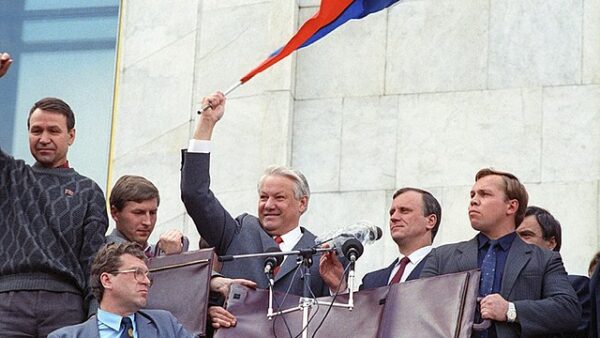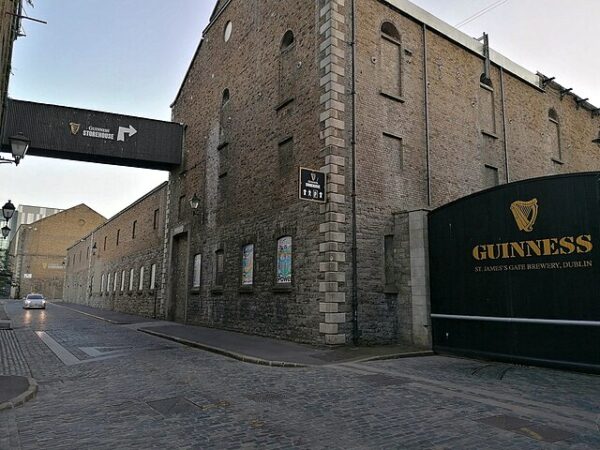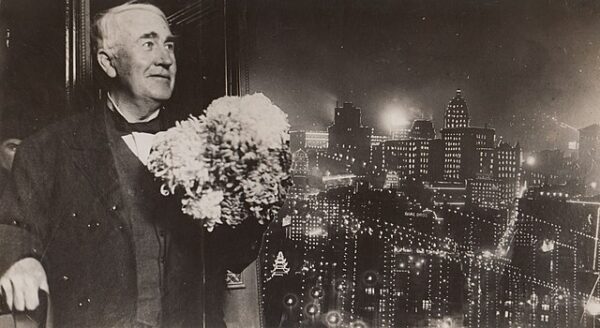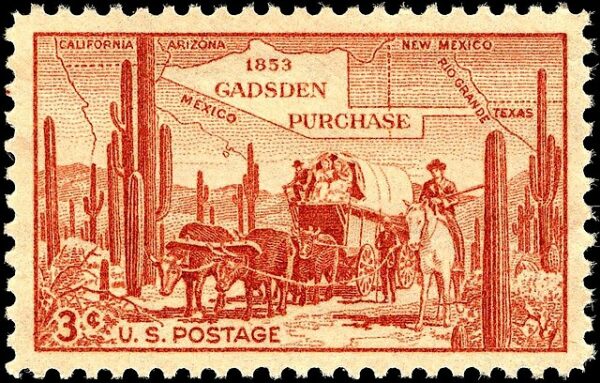On July 10, 1991, Boris Yeltsin became the first President of the Russian Federation, a historic moment marking a significant shift in Russian politics. This event came at a time of profound transformation for Russia, as it transitioned from a Soviet republic to a sovereign state amidst the dissolution of the Soviet Union.
Yeltsin’s inauguration was held in the Grand Kremlin Palace, symbolizing both continuity and change. The atmosphere was charged with a mix of anticipation and uncertainty as high-ranking officials, foreign dignitaries, and representatives from all of Russian society celebrated their new democracy.
Born in 1931 in Butka, Sverdlovsk Oblast, Yeltsin had risen through the ranks of the Communist Party of the Soviet Union (CPSU) before becoming a prominent critic of its policies. His reformist zeal and advocacy defined his journey to the presidency for democratic principles and market-oriented reforms. He gained popularity for his bold and often confrontational style, which resonated with many Russians who felt disillusioned with the stagnant Soviet system.
The 1991 presidential election, in which Yeltsin won a decisive victory, served as an announcement to the world that Russia wanted to change. It was the first time Russian citizens had directly elected their leader, a clear break from the Soviet era’s top-down appointments. Yeltsin’s campaign had focused on promises of political freedom, economic reform, and the establishment of a new social contract between the state and its citizens.
In his inaugural speech, Yeltsin emphasized the need for radical economic and political reforms. He pledged to dismantle the remnants of the Soviet command economy, promote private enterprise, and integrate Russia into the global economy. Yeltsin also stressed the importance of building a democratic state based on the rule of law, human rights, and individual freedoms. He acknowledged the enormous challenges ahead, including economic hardship, social instability, and the need to maintain national unity in the face of growing regional tensions and separatist movements.
Yeltsin’s presidency was characterized by significant and often controversial reforms. His economic policies, known as “shock therapy,” aimed to rapidly transition Russia from a state-controlled to a market-based economy. These reforms included the privatization of state-owned enterprises, the liberalization of prices, and the creation of new financial institutions. While these measures were intended to jumpstart economic growth and foster a new entrepreneurial class, they also led to significant social dislocation, widespread poverty, and a sharp increase in inequality.
Politically, Yeltsin faced numerous challenges in consolidating his authority and implementing his vision of a democratic Russia. His tenure saw the drafting and adoption of a new Russian constitution in 1993, which established a strong presidential system and enshrined key democratic principles.
Yeltsin’s time in office also witnessed significant foreign policy shifts as Russia sought to redefine its place in the post-Cold War world. He pursued closer relations with Western countries, particularly the United States, and sought to integrate Russia into international institutions such as the International Monetary Fund (IMF) and the World Bank.
The first Russian president died on April 23, 2007, leaving a complicated legacy.






